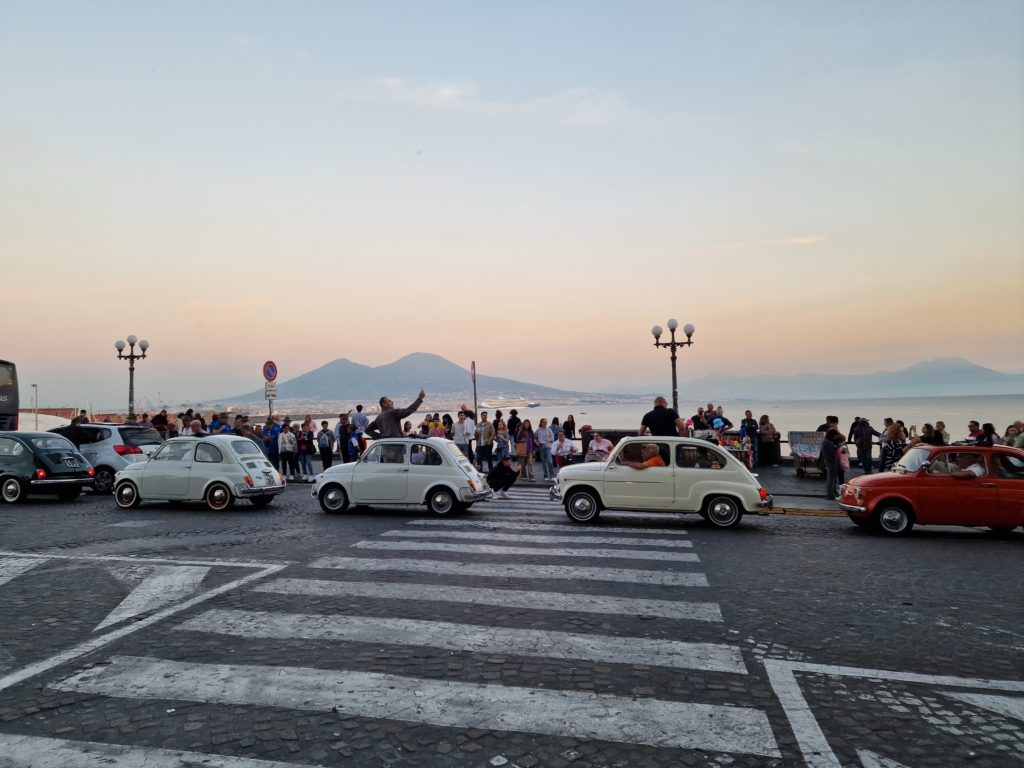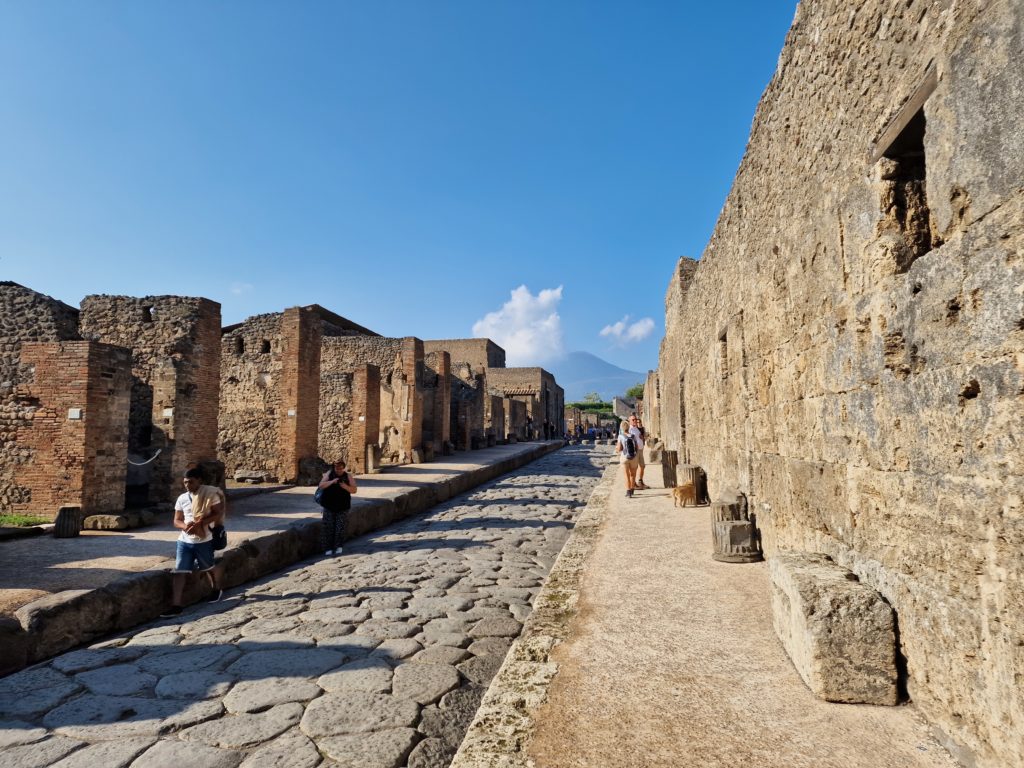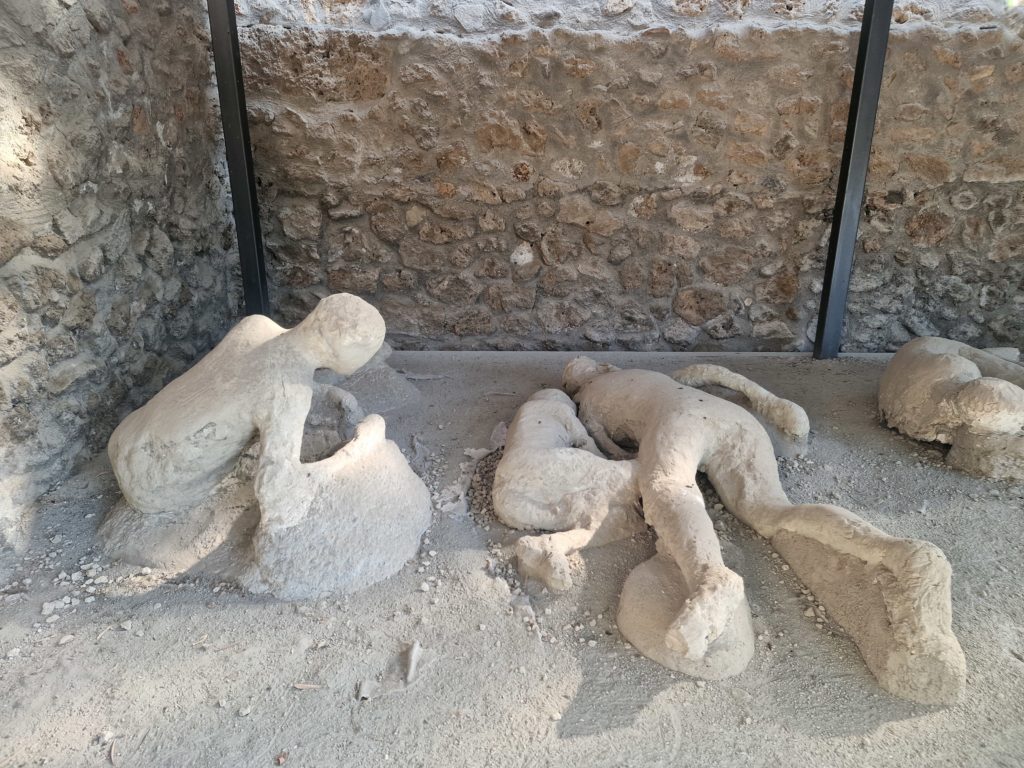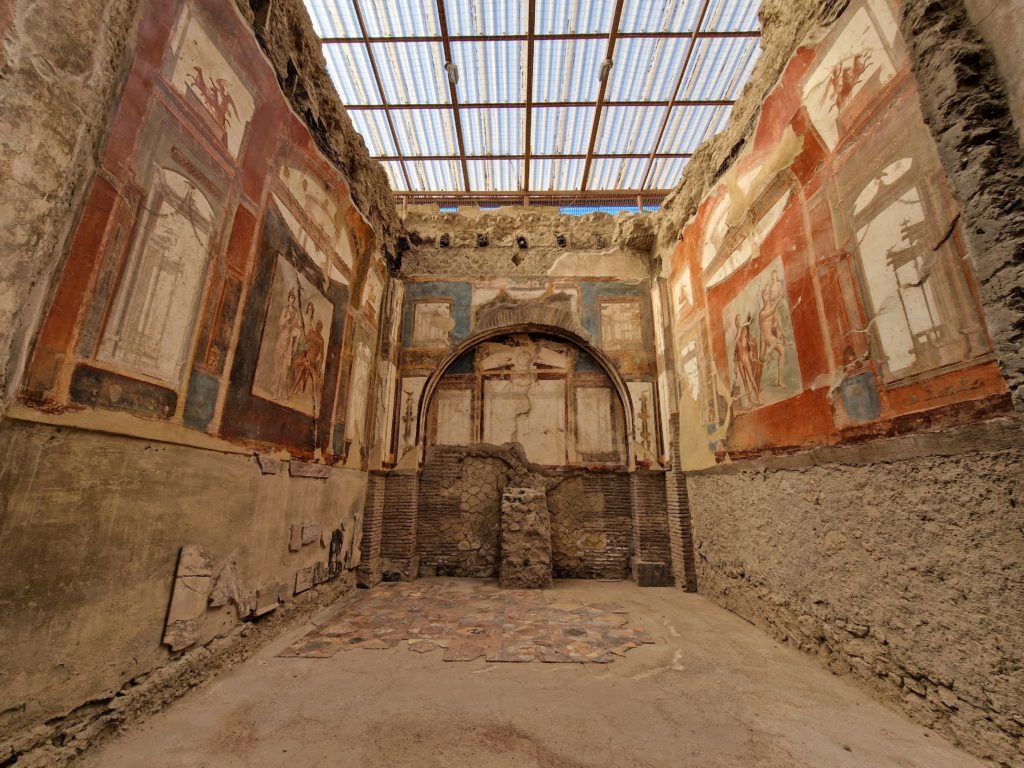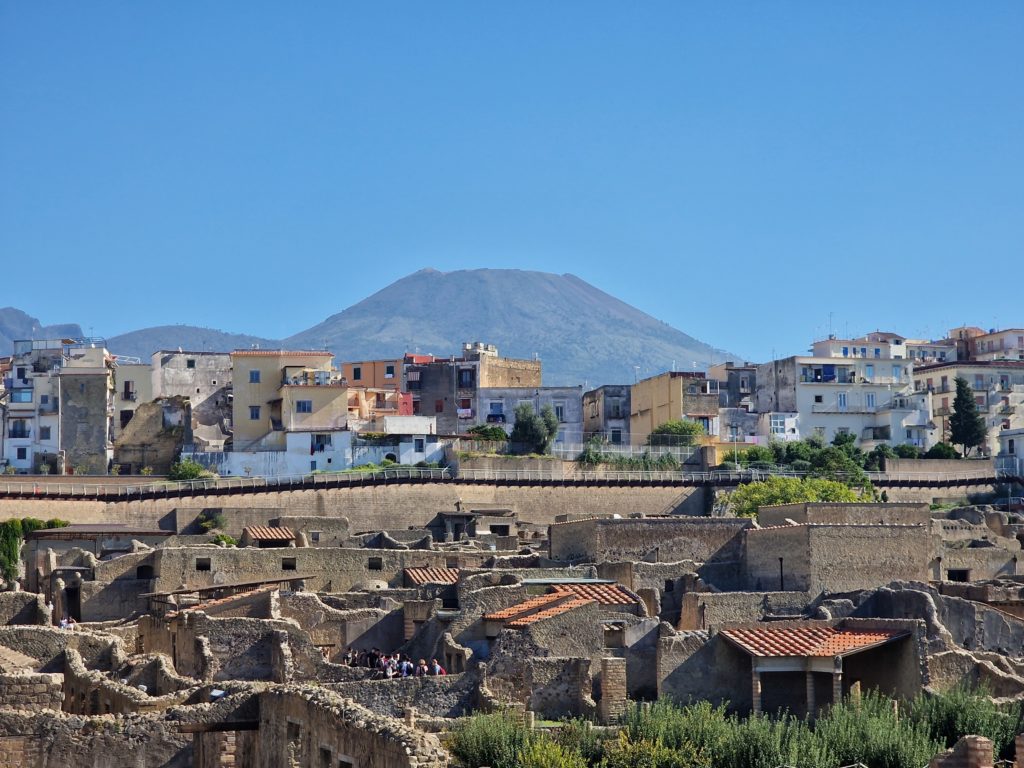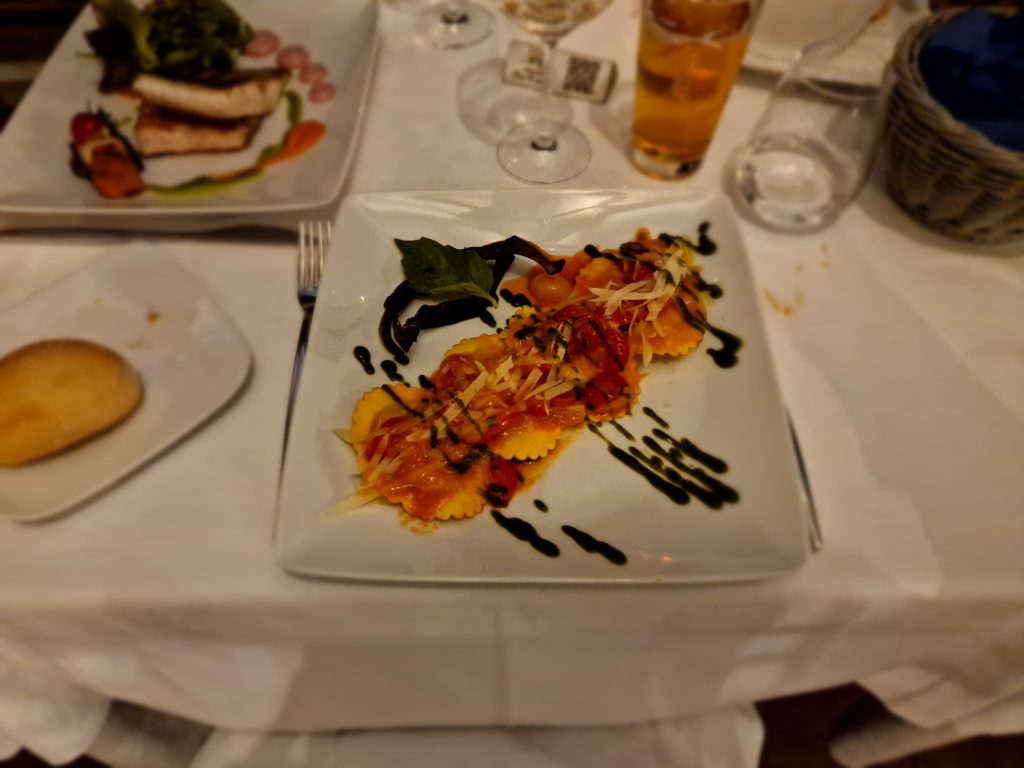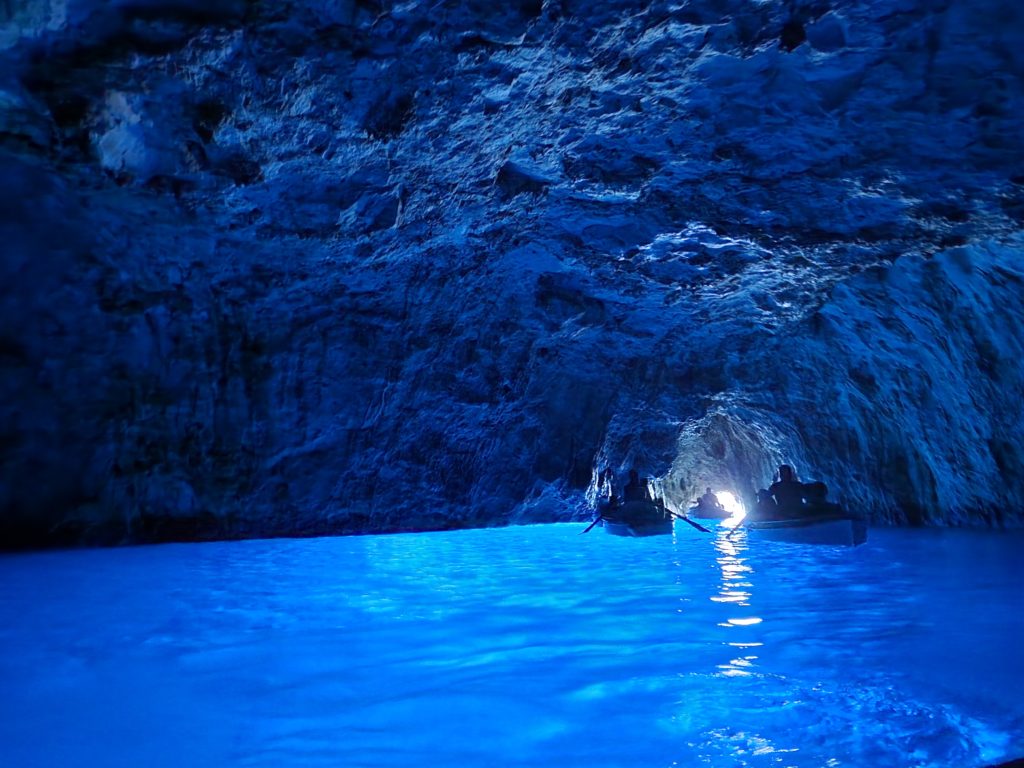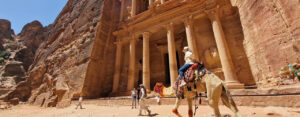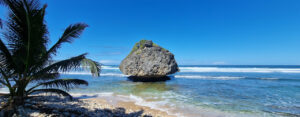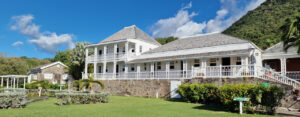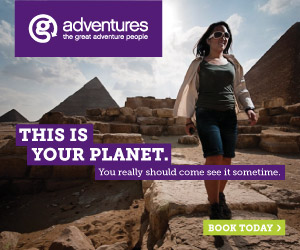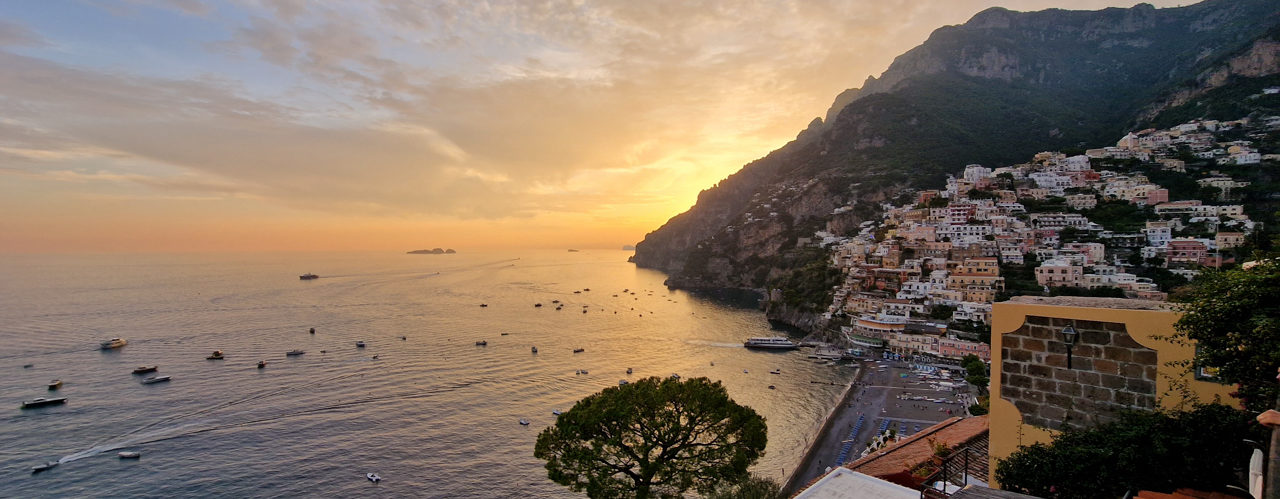
The Floor is Lava
Following our Vatican visit and Rome roam, we re-joined Italy’s arterial motorway, the A1, in a south-easterly direction towards our last major Italian city of the tour: Naples. Informed to expect traffic chaos on levels only matched by Swindon’s Magic Roundabout, we decided to leave Vishnu well outside the city limits and use the decidedly ageing public transport system to get around. It was a wise choice as the city centre bore a striking resemblance to a dystopian, Blade Runner-esque megalopolis full of charm and character but also danger and unattractiveness, all in equal measure. Extremely narrow streets girdled by towering, dilapidated apartment blocks meant little sunlight reached the murky alleys below, a curious place indeed. Despite its dishevelled core, having a dusk beer in the harbour overlooking Mount Vesuvius was certainly a memorable moment.
And we would be getting a lot closer to the aforementioned stratovolcano over the coming days as we paid visits to the renowned archaeological sites of Pompeii and Herculaneum respectively. First Pompeii, where an ancient city once thrived before it was buried six metres deep in volcanic ash following a mega-colossal eruption in 79 AD. After extraordinarily careful excavation over the last hundred years or so, many of the town’s buildings, sculptures, furnishings, and even human remains have, rather gruesomely, been unearthed to reveal a remarkable snapshot of Roman life, frozen in time. And most miraculous of all, certainly by Italian standards, is the possibility of purchasing a vegan burger in the café, a rare sight indeed.
Impressed as we were at our first dig, and impressed we were, we were even more impressed upon exploring our second. Despite not being as well known as its infamous, near neighbour, the town of Herculaneum is, indisputably, better preserved, quieter to navigate, and requires far less imagination to visualise the lives of its 5,000 former inhabitants. As the site is far closer to Vesuvius than Pompeii, it was covered in over twenty metres of pyroclastic material which then uniquely carbonised, aiding the preservation process. What it doesn’t have, though, are any of the extraordinary human casts that our previous site is famous for as all forms of life were completely obliterated by a fiery cloud of debris some four minutes after the first eruption – only their charred skeletons remain.
As the following weekend was Lowri’s birthday, we decided to head to the Amalfi Coast, which has been her screensaver since she was old enough to have her first phone, circa 2018. The small fishing-turned-tourist town of Positano was to be our first port of call. Perilously perched on a cliff face, the locals claim that the settlement was planned vertically, rather than horizontally, which leads to some quite astonishing vistas that can be appreciated nowhere better than Don Giovanni’s Restaurant. I can quite comfortably claim that one of the most delectable pasta dishes I have ever had the pleasure of devouring was courtesy of that gaff. Although, it almost made a reappearance on the hairpin-laden bus home thanks to our driver: Italian Lewis Hamilton.
Just a stone’s throw from the Amalfi Coast lies the glamorous, and perennially packed, island of Capri. We attempted to avoid the thronging hordes of tourists by catching the earliest ferry to the island and taking the earliest boat tour around it, which seemed to do the trick. Our captain/guide appeared to pride himself on how far into the ever-shrinking coves he could guide our small motorboat without touching the stony sides or rocky roof. Remarkable though his skills were, even his boat was far too large to enter Grotta Azzurra, or Blue Grotto, which only the smallest of paddleboats can infiltrate. After tipping a local €10 for the privilege, we temporarily jumped ship and ducked our way through the slender access cave before an enormous cavern opened up before us, illuminated with the bright blue light that somehow finds its way through the narrow grotto entrance, astonishing.
And it was in that very cove that our slow journey south came to an end. From here, our voyage would return north to our second micronation in as many weeks before a brief Venetian pitstop ahead of our Balkan quest. With our six weeks in Italy at an end, we can now begin to remember what driving was like before we entered, relatively stress-free. For all Italy’s delights, and there are many, including countless idyllic villages, mouth-watering meals, budget wines, prodigious lakes, and unmatched history to name but a few, it ain’t half traumatic to drive around. It was a minor miracle that Vishnu was only scratched once, which was actually my fault, and only broken into once. I’m absolutely certain we shall return in the near future but also certain it won’t be with a six-metre van. Possibly bikes?
J

